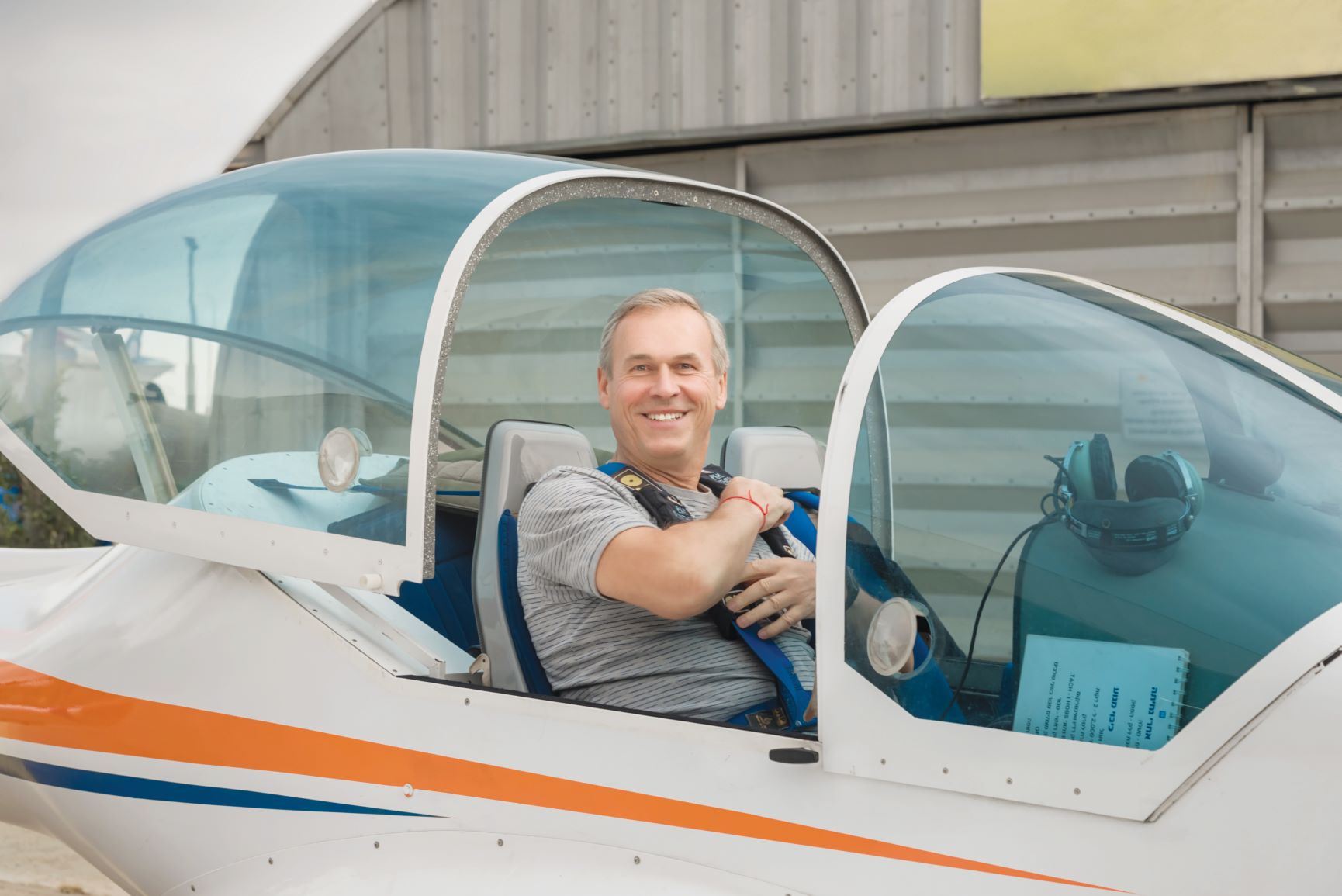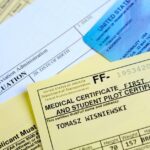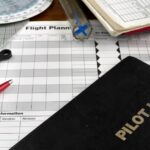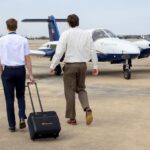BY STEVEN DAUN, NATIONAL CHIEF PILOT
Remember that event that fueled your passion for becoming a pilot? If you’re like me, there was some event that took place in your early years that made you fall in love with airplanes. Mine was sitting in the pilot’s seat of a Pan Am 707 on a family trip to Miami when I was just four years old. Years after accomplishing my dream of becoming a pilot, life happened —family, kids, work. All those things in some way or another resulted in me not flying for periods that seemed to stretch longer and longer.
Suddenly, I found myself unable to return to the left seat, at least not with the confidence that I would be fully prepared for the various scenarios that could happen when flying. Even though I work around airplanes and instructors, the first thought that popped into my mind when I decided to become current again was “Are you crazy?” My last checkride was over 20 years ago. All the reasons why I couldn’t do it seemed to appear all at once. Then I stopped, remembered, and told myself what I tell people all the time about regaining proficiency and currency. Rather than succumbing to my fears, I decided to take my own advice.
Here is what worked for me and what will work for you as well.
1 – Think about why you started flying in the first place and get that vision back in your mind.
2 – Go up with an instructor to get used to flying again. No lesson, no evaluation, no specific objective other than to just enjoy yourself and get that feeling back.
3 – Schedule time with an instructor again, only this time in a simulator. Go through the checklist and flow items and get comfortable with the procedures again. Then get in the simulator on your own and get your muscle memory back regarding where things are.
4 – Purchase a current copy of the VFR charts and chart supplement book for your area. Read the legend and appendices for both. I kept both on my coffee table and looked at them initially for about 10 minutes at a time.
5 – Purchase a current FAR/AIM and glance at parts 61 and 91. In the AIM, just flip through the pages to remind yourself of what’s in there. I kept the hard copy on my coffee table and saved an electronic copy to my phone. Every time I found myself waiting for a few minutes, I would open up the file and read a little.
6 – Take a look at the POH for your airplane and write down the essential information, such as key airspeeds and weights.
When I felt comfortable and knew that my ground knowledge was coming back, I was ready to start flying again. You should consider a series of two or three-hour flights for both VFR and IFR currency, which should consist of:
- Basic attitude flying
- Ground reference maneuvers
- Unusual attitudes
- Take off and landings (normal and crosswind)
- Emergency procedures
- Power off, power on, and accelerated stalls
- Radio work (listening and transmitting)
The most amazing thing that I realized in going through this process is how much comes back to you. One key difference between taking your checkride and now is that you already know the information; all you have to do is dust off the cobwebs. The other thing that struck me was how much more enjoyable the training was without a checkride or written date looming in the future. It was just me, my instructor and the airplane. Because it was so enjoyable and there was no pressure, I found that I was learning and noticing things that I didn’t recognize in the past.
Regardless of who you work with, make sure you map out a plan. Make sure that your instructor understands what your goals are in this process, as well as your timeframe. Don’t rush, take your time and do it right. Now the only thing left for you to do is start.










